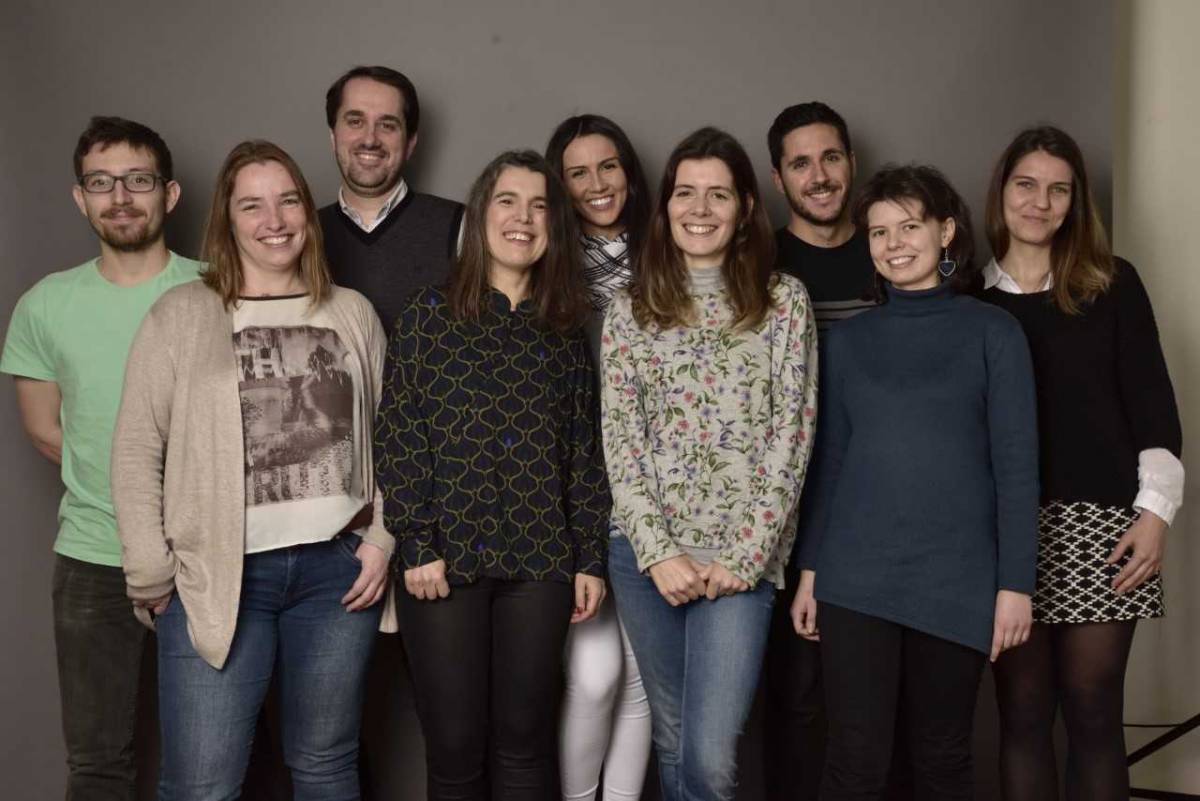
ITQB NOVA researchers from Manuela Pereira Lab and Miguel Teixeira Lab, along with colleagues from Max Planck Institute in Germany, have described a new bacterial respiratory complex from a deep see organism. The results were published this week in Nature Communications, open access magazine from Nature Publishing group.
Rhodothermus marinus is a thermophile collected from Azores, at Ribeira Quente Beach. This bacterium has been studied at ITQB NOVA at Manuela Pereira Lab and Miguel Teixeira Lab for many years. Now, they were able to take a big advancement by obtaining a cryo-electron microscopy image of the membrane protein complex that is responsible for energy transduction in these bacteria.
«In this work we have described a new respiratory alternative complex, that is increasing the knowledge we have on the great diversity of microorganisms molecular strategies for life and reproduction», according to Manuela Pereira, corresponding author. «Energy is the basis of life, and all organisms depend on mechanisms of energy transformation for growth and reproduction. In eukaryotes, like us humans, this is done in the presence of oxygen in an organelle called the mitochondria through four protein complexes, which constitute the respiratory chain. Bacteria have more diverse protein complexes and they are able to use other compounds besides oxygen, such as sulfur and nitrogen species or iron. This diversity is what enables microorganisms to colonize environments as extreme as volcanoes, the bottom of the ocean or the inside of our bowls».
More information regarding this breakthrough and complete article available at the website of ITQB NOVA.
Discover more about this technique in the article regarding the creation of the first National Center of Cryo-electron microscopy, in which scientists from NOVA are also participating.
